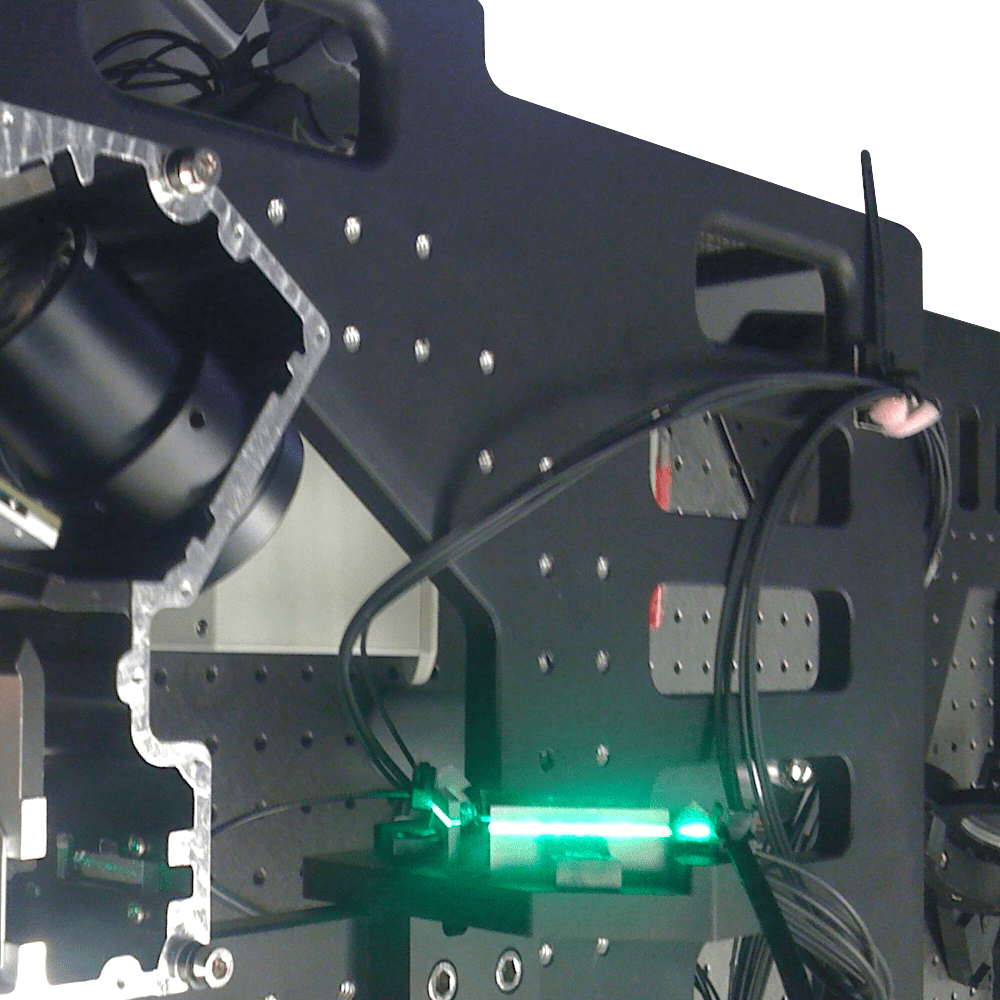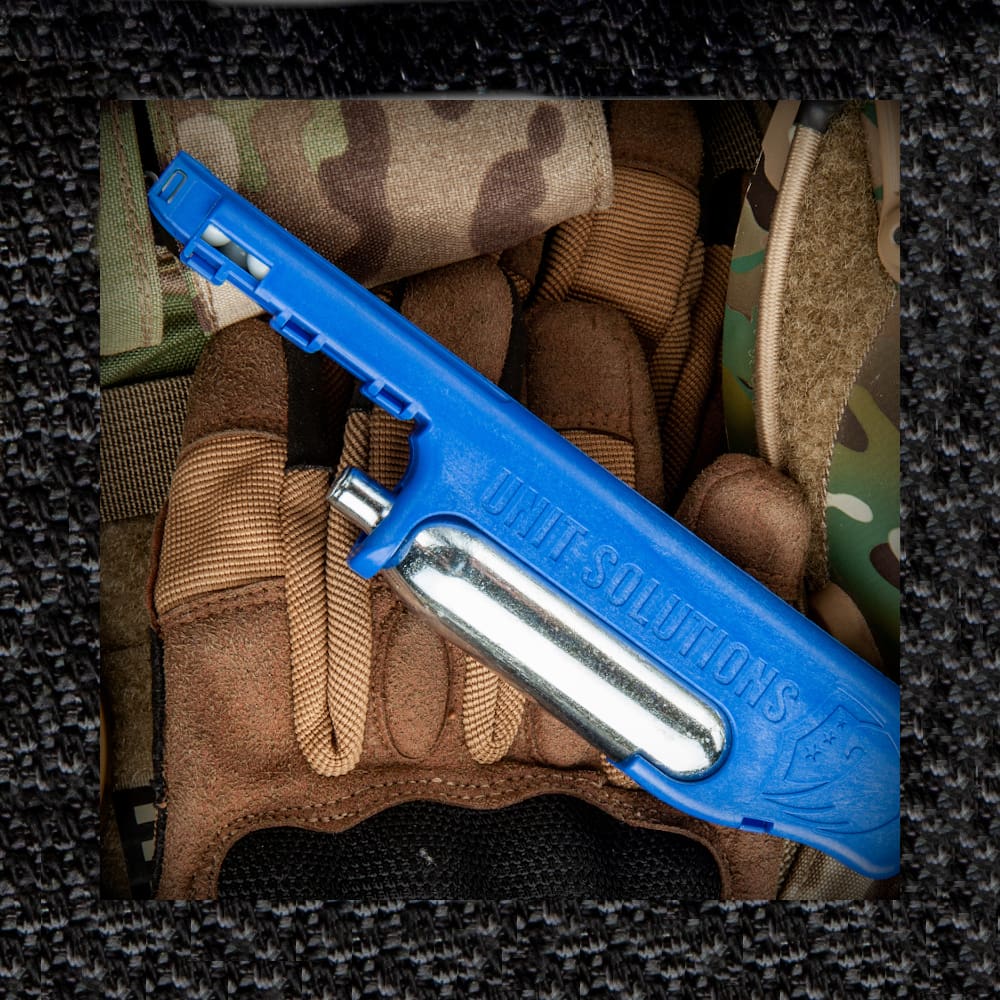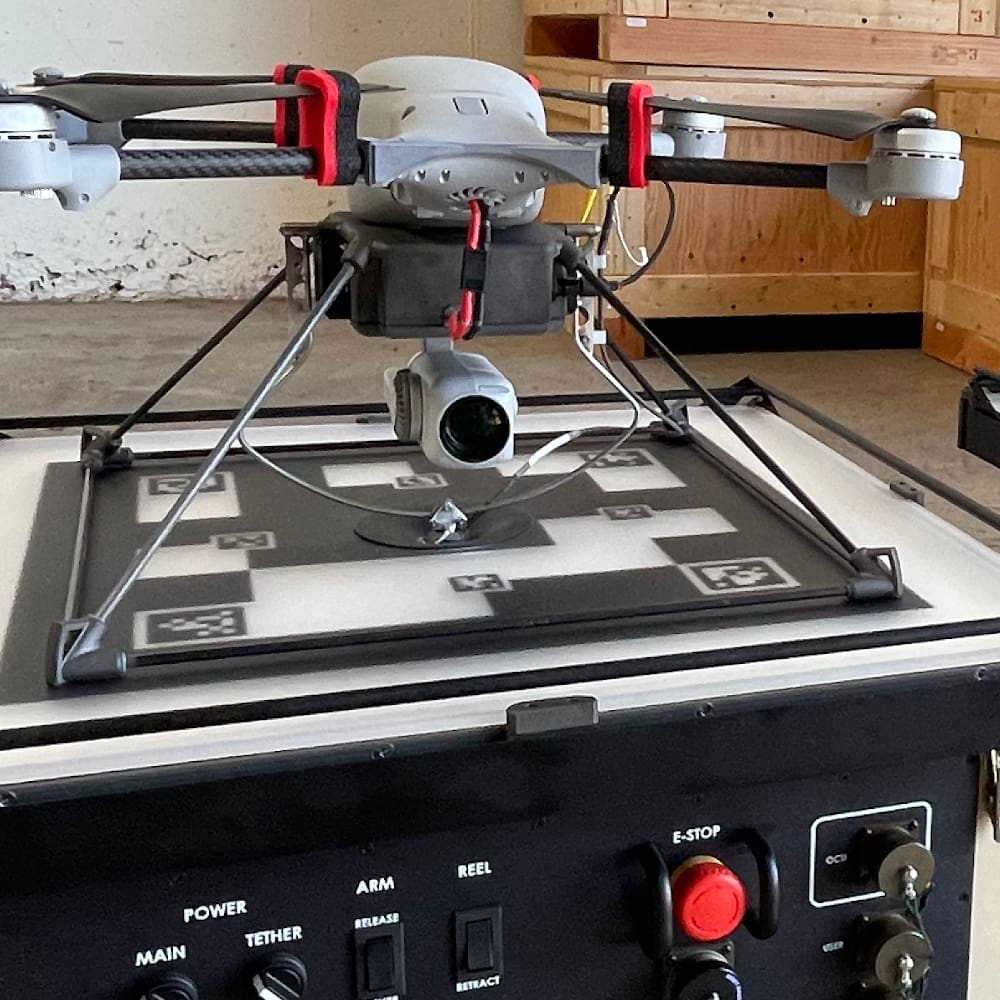RFID SECURITY DEVICE FOR RETAIL THEFT PREVENTION
THE CLIENT’S NEED
NOVO’s client company had developed a networked system for retail theft prevention based on a proprietary RFID chip. NOVO was engaged to use this technology to develop anti-theft security devices for mass-produced media such as CDs, DVDs, and similar products. The client was looking to provide both distributors and retailers with a solution to inventory shrinkage due to frequent large-scale, organized theft as well as more opportunistic shoplifting that represented significant annual losses.
THE TECHNICAL AND DESIGN CHALLENGES
In addition to in-store identification of stolen merchandise, NOVO’s client sought a solution that to discourage theft by rendering stolen goods useless. The technology NOVO helped the client to develop used an RFID circuit coupled with an electromechanical lock to identify individual items and lock jewel cases until they were cleared at point of sale. Challenges included miniaturization, manufacturability, and developing a tiny physical lock that could withstand any practical efforts to defeat it, which could include physical, thermal, or RF attacks. The antenna, PCA, batteries, and lock mechanism had to be incorporated into the tight dimensions of standard packaging. The device had to be extremely inexpensive as the economics of that industry are built around entrenched assumptions on standard packaging costs.
THE ENGINEERING BEHIND GREAT PRODUCTS
NOVO engineers developed a novel electromechanical lock using shape-memory alloy wire. Power consumption was minimized and termination methods developed to meet performance requirements. Electronics packaging methods were adapted to mechanical components to allow production on existing surface-mount technology (SMT) manufacturing lines, and the overall design for manufacture (DFM) provided for automated top-level assembly. Hardened steel components were combined with injection-molded and stamped components in the final design.
The final result was an extremely robust locking mechanism that could be integrated into existing product packaging lines and was barely noticeable in the finished product. Any practical attempt to defeat the lock resulted in the destruction and denial of use of the DVD media. The RFID feature allowed finished goods to be individually identified and inventoried, and prevented the attempted return of individual stolen goods to receive a refund.








